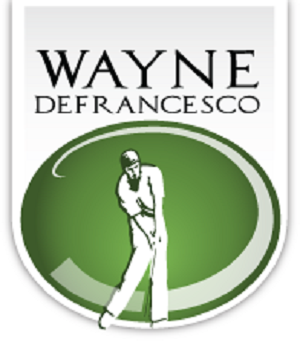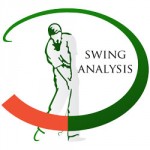Online Lesson: Austin Kendziorski: Controlling Forearm Rotation in the Downswing
By Wayne | Videos: Online Students

I’ve been working with Austin since the middle of 2015. Austin has a tremendous amount of power but has historically struggled with getting the clubhead trapped behind his hands at P6. He had a breakthrough in 2017 when he won his first college event at Erin Hills (where the U.S. Open was held) but began to struggle in the spring of 2018. We spent 3 days together in January of 2018, so I guess I must take some blame for that, but as I look back on his swings they look pretty good to me. Austin got frustrated by the summer of 2018 and decided to go full Dustin Johnson with the bowed wrist and closed face, but his results did not improve much even though it was amazing how close he came to copying DJ’s move. I compare Austin here with Kevin Tway, recent Tour winner who is built similarly to Austin, and who sports a short, wide swing that unleashes great power with the driver (Tway had the most drives over 320 yards on the PGA Tour in 2018). Though I don’t show it here Austin’s swing in the fall of 2017 was much shorter and wider, and as strong as he is (he has gained 35 pounds of muscle since I first met him, which may be another factor in his struggles) I like the Tway/Finau model where the extra speed generated by a longer swing is simply not necessary. If you are as strong as these guys are why not take advantage and learn a controlled swing that provides accuracy with the irons and plenty of length with the driver. I would also like to see Austin stay taller in the backswing and continue to work on trying to control the overly active adduction, supination and external rotation of his right arm in transition while trying to supinate the left arm earlier in the forward swing. I refer him to Tway’s rehearsal, in which he brings his arms down from P4 to P6 with little or no lower body movement and no effort to pitch the right elbow inward. While I wouldn’t want to see the hands heading to impact as wide as Tway rehearses, any problem Austin has had with his hands not getting forward enough has had to do with him overdriving his right elbow.
Continue reading
